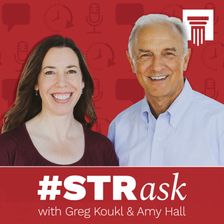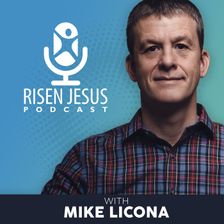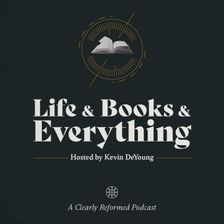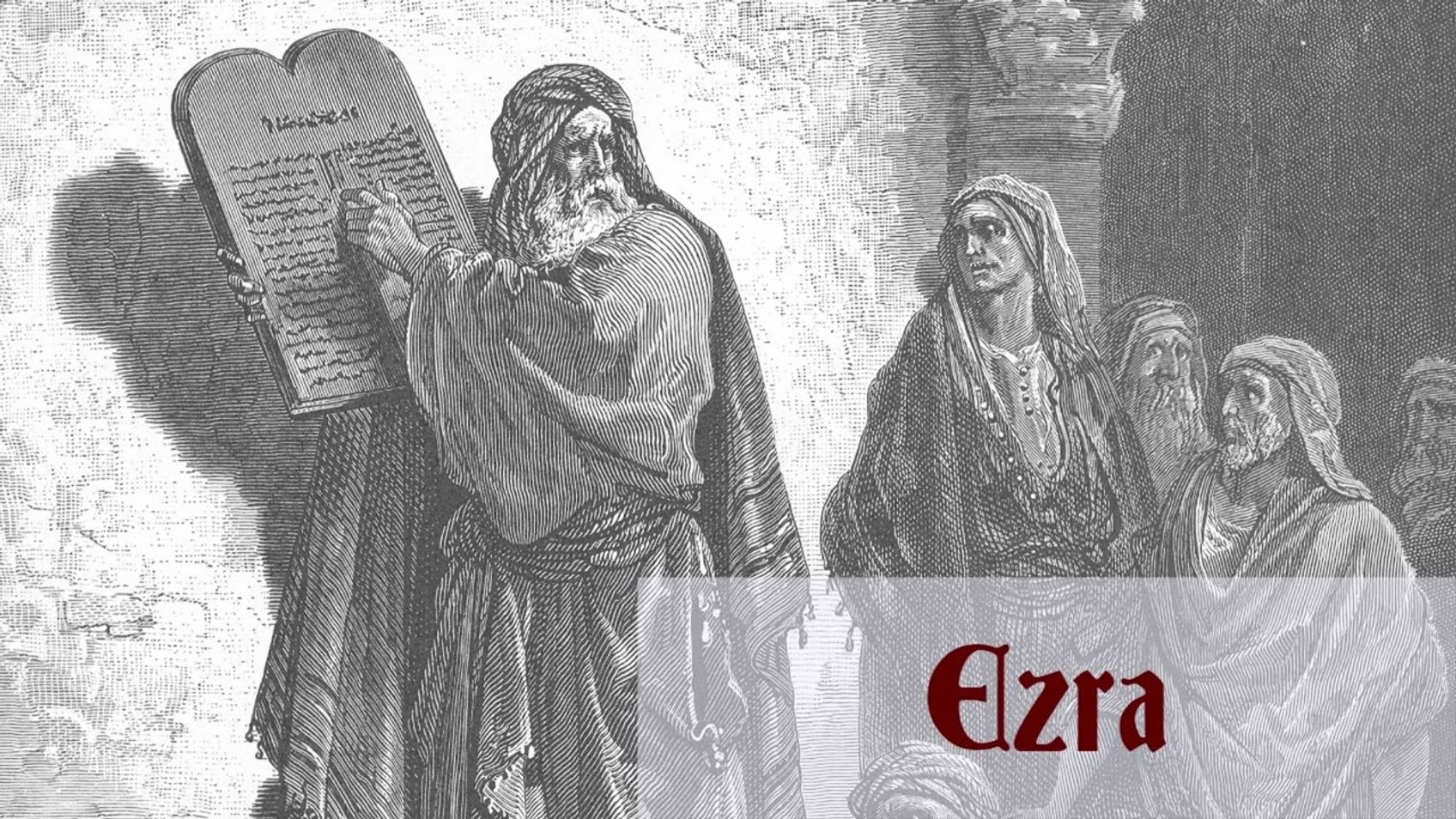Ezra: Chapter-by-Chapter Commentary

*CONTENTS*
00:00:00 - Chapter 1: The Decree of Cyrus
00:14:51 - Chapter 2: The List of the Returnees
00:26:19 - Chapter 3: Rebuilding the Altar and Temple
00:34:42 - Chapter 4: Facing Opposition
00:42:15 - Chapter 5: The Rebuilding Recommences and Tattenai's Letter
00:48:19 - Chapter 6: The Decree of Darius and the Completion of the Temple
00:59:49 - Chapter 7: Ezra Sent
01:07:15 - Chapter 8: Ezra's Company
01:12:58 - Chapter 9: Ezra's Prayer
01:25:41 - Chapter 10: The People Confess
If you have enjoyed my videos and podcasts, please tell your friends. If you are interested in supporting my videos and podcasts and my research more generally, please consider supporting my work on Patreon (https://www.patreon.com/zugzwanged), using my PayPal account (https://bit.ly/2RLaUcB), or by buying books for my research on Amazon (https://www.amazon.co.uk/hz/wishlist/ls/36WVSWCK4X33O?ref_=wl_share).
The audio of all of my videos is available on my Soundcloud account: https://soundcloud.com/alastairadversaria. You can also listen to the audio of these episodes on iTunes: https://itunes.apple.com/gb/podcast/alastairs-adversaria/id1416351035?mt=2.
More From Alastair Roberts
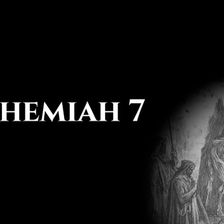


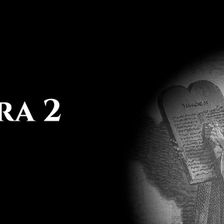

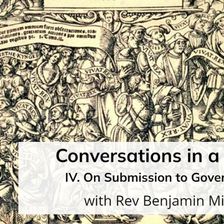
More on OpenTheo
